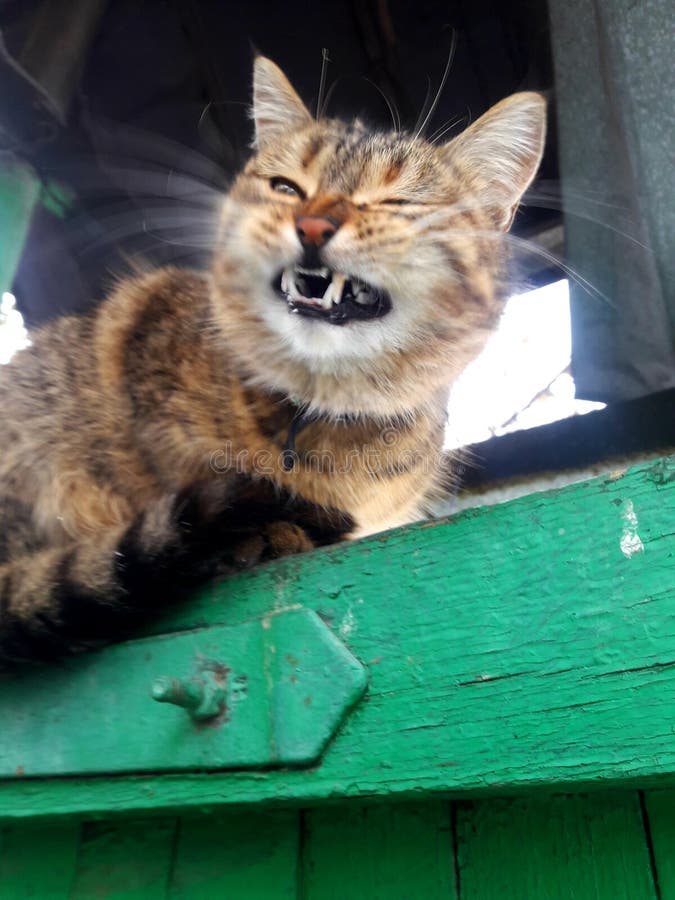

Most of the time, your cat should be pretty content and not feel the need to hiss or growl. By addressing the cause and relieving your cat’s pain, you should be able to reduce and eventually eliminate your cat’s growling and hissing, too. Your vet can do a thorough workup, including palpating your cat’s body for pain, to help identify what might be causing his attitude change. If you can’t find a reason for your cat’s behavior, or if your cat suddenly starts growling and hissing for seemingly no reason, he may need a trip to the vet. Physical pain or illness also can prompt growling and hissing. The diffuser will keep the pheromones present in the room even when you aren’t home, helping to support and comfort your cat.

This option can be helpful if your cat spends most of his time in a particular room. The diffuser will automatically release pheromones periodically throughout the day for ongoing support.

You might also consider pheromones in a diffuser, which you plug into a wall outlet. This option also is a great way to help comfort your cat when you’re putting him in the carrier for a trip to the vet. Consider using a spray bottle of pheromones so you can spritz them in the room where your cat happens to be at the time. Pheromones come in multiple forms, and they’re easy to use. If your cat is growling or hissing because he’s stressed, then using cat pheromones may help relieve his stress and reassure him.

utroja0/Pixabay Support your cat with pheromones Even once your cat is well acquainted with a new family member, he may still hiss and growl more than normal until he fully trusts that he’s safe with the new pet. Perform gradual supervised introductions, and most of all, be patient. Give your cat a space in the house that’s all his own so he can feel safe. If your cat is reacting to a big change like a new pet, then find ways to make that change gradually. When your cat is uncomfortable or feeling threatened, he’s more likely to hiss and growl not only at the new pet but also at you. Athree23/Pixabay Make new changes graduallyīig changes, like bringing home a new pet, can stress a cat. In most cases, just backing away will be enough to defuse the situation, and your cat should be able to calm down. Listen to that warning because it will often be followed up with a growl and, if your cat still feels threatened, he may strike or bite to make sure his message is understood. If your cat is feeling crowded, threatened, or just annoyed, he may hiss as a warning. Remember, hissing and growling are natural ways for a cat to communicate, and they don’t always signal that something’s significantly wrong. The simple act of stepping back and letting your cat be can reassure him and show him that he can establish his own space in the house. Make sure that you and other members of your family listen. If your cat hisses and growls, he’s telling you to back off. Sophiecat/Shutterstock Give your cat some space Why do cats stick out their tongues? Here are several surprising (and mostly harmless) reasons
My cat growls how to#
Why is my cat peeing on my bed? The real truth (and how to stop this gross habit)Ĭan cats have autism? Here’s what to know about unusual behavior in cats


 0 kommentar(er)
0 kommentar(er)
